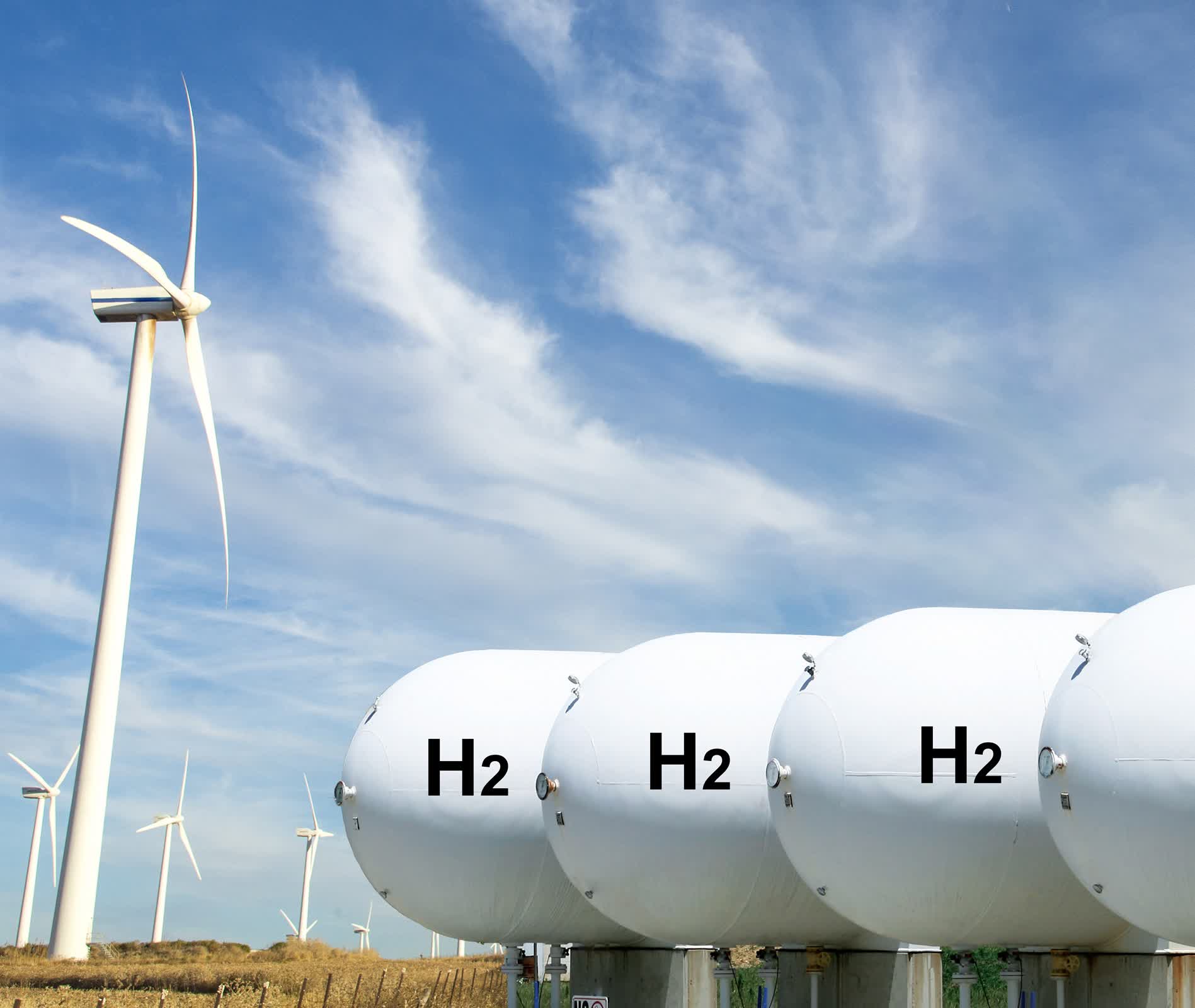Futurology A groundbreaking study has uncovered a hitherto hidden vast reservoir of hydrogen beneath the Earth’s surface, potentially redefining the global energy landscape. Scientists have estimated that about 6.2 trillion tons of hydrogen are concealed within underground rocks and reservoirs, a supply 261 times greater than known oil reserves.
The research, spearheaded by Geoffrey Ellis, a petroleum geochemist from the U.S. Geological Survey (USGS), has been published in the journal Science Advances. The study proposes that even utilizing a portion of this hydrogen could significantly influence the world’s energy future.
“Just 2% of the hydrogen stocks identified in our research, equating to 124 billion tons of gas, could fulfill all our hydrogen needs to reach net-zero [carbon] emissions for several centuries,” Ellis stated to LiveScience. This volume of hydrogen harbors nearly twice the energy stored in all known natural gas reserves on Earth.
Hydrogen, a clean energy carrier, serves diverse purposes, from fueling vehicles to powering industrial processes and generating electricity. As global initiatives to combat climate change gain momentum, hydrogen is predicted to have an increasingly critical role, potentially contributing up to 30% of future energy supplies in certain sectors.

The findings of the study challenge traditional perceptions about hydrogen’s subterranean behavior. “The paradigm throughout my entire career was that hydrogen exists, but it’s a very small molecule, making it prone to escape through small pores and cracks in rocks,” Ellis explained. However, recent discoveries of significant hydrogen deposits in West Africa and an Albanian chromium mine have prompted a reassessment.
To estimate global hydrogen reserves, Ellis and his colleague Sarah Gelman designed a model that factors in various elements like hydrogen production rates underground, the amount likely trapped in reservoirs, and losses due to processes such as atmospheric leakage. The model indicated a broad range of potential hydrogen quantities, ranging from 1 billion to 10 trillion tons, with 6.2 trillion tons being the most probable estimate.
While these numbers are promising, Ellis cautions that much of this hydrogen might be inaccessible due to either depth or offshore locations. Additionally, some reserves may be too diminutive to justify economic extraction. Nonetheless, the vast scale of the estimated reserves suggests that even within these constraints, there could be considerable hydrogen available for use.
An advantage of natural hydrogen over synthetically produced “green” or “blue” hydrogen is its ready availability. “We don’t have to concern ourselves with storage, an issue with blue or green hydrogen,” Ellis pointed out. “You generate those when electricity is cheap, then need to store them. Natural hydrogen lets you open a valve and close it as needed.”
However, pinpointing these hydrogen reserves remains an unresolved challenge for researchers. Ellis and his team are working on identifying the geological criteria necessary for underground hydrogen accumulation, with findings for the U.S. expected early next year.
While the discovery’s potential is vast, some experts recommend caution. Professor Bill McGuire from University College London explained to the BBC that extracting hydrogen at a scale substantial enough to notably impact emissions would demand “an enormous global initiative for which we simply don’t have time.” He also highlighted the necessity for extensive supporting infrastructure and questioned whether pursuing another finite resource is essential, given the availability of renewable energy sources like wind and solar.




